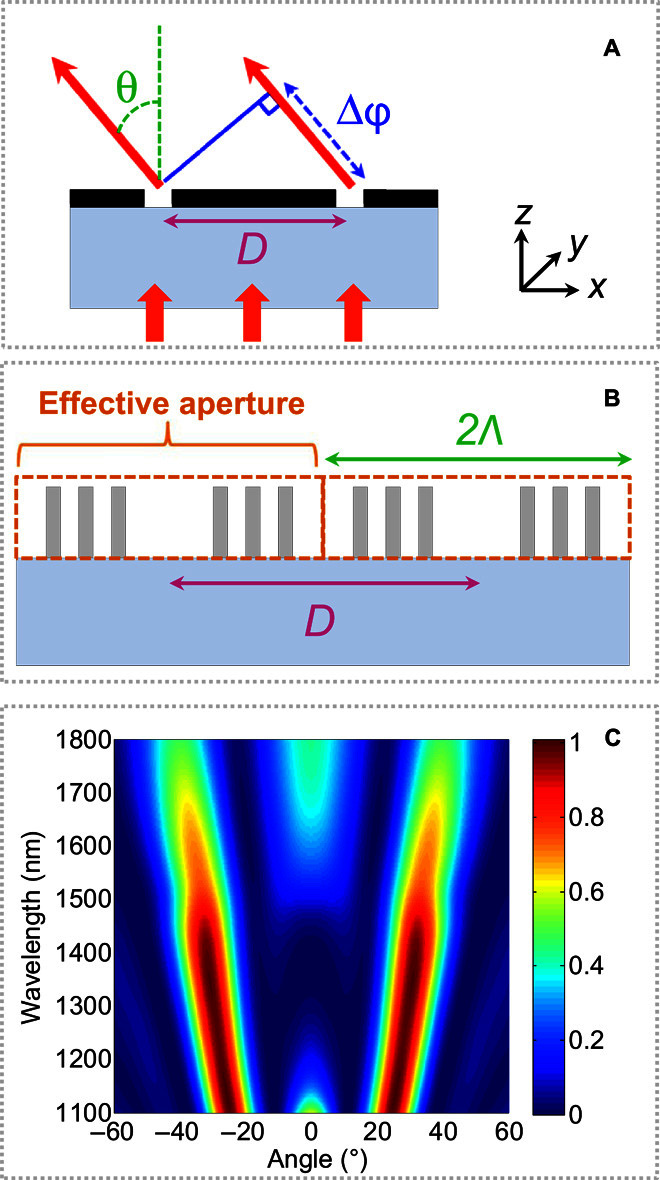Fig. 1. Effective aperture made of subwavelength structured dielectric.

(A) Schematic diagram of two apertures separated by a center-to-center distance D on a glass substrate. The phase shift associated with light propagating from the two apertures along the direction θ is denoted as Δϕ. This phase difference is related to D and the wavelength, as shown in Eq. 1. (B) Schematic diagram of a cross section of two generic pixels (2Λ = 5.4 μm) of the hologram. Each pixel functions as an effective aperture consisting of six DRWs with subwavelength spacing (S = 380 nm), width (W = 120 nm), and height (H = 400 nm). (C) Far-field [Real(Ey)2] response of the effective aperture when the incident light is polarized along the y axis. This represents a two-dimensional finite-difference time domain simulation, where the DRWs are infinitely long along the y axis and the effective aperture extension along the x axis is 2Λ = 5.4 μm. Engineering the dispersive response of the DRWs results in highly directional diffraction, in which most of the transmitted light is funneled into the first orders whereas other diffraction orders are suppressed.
